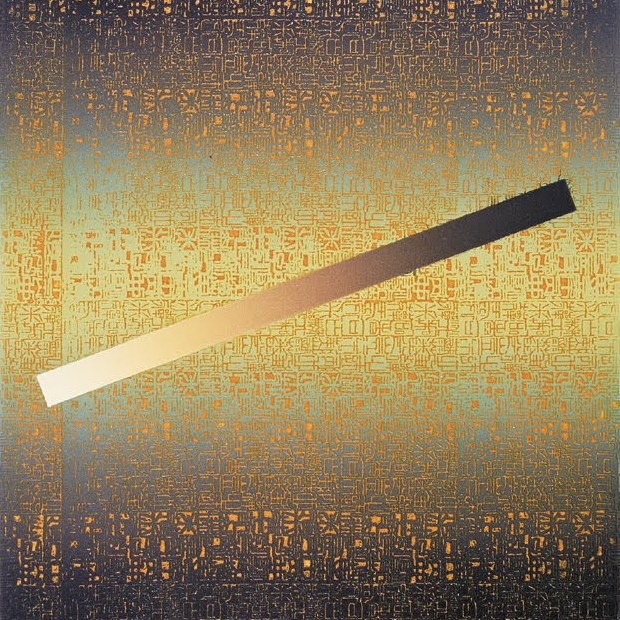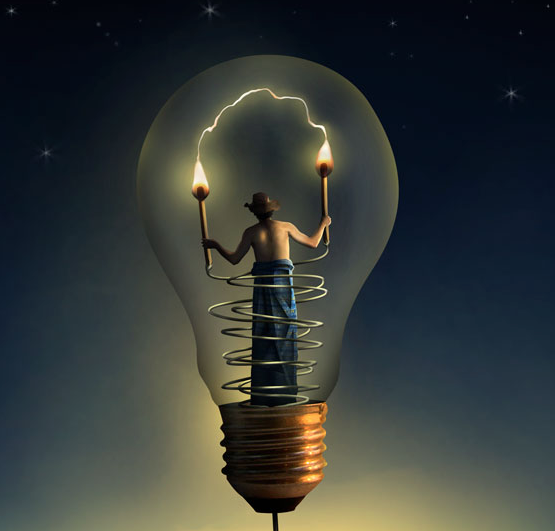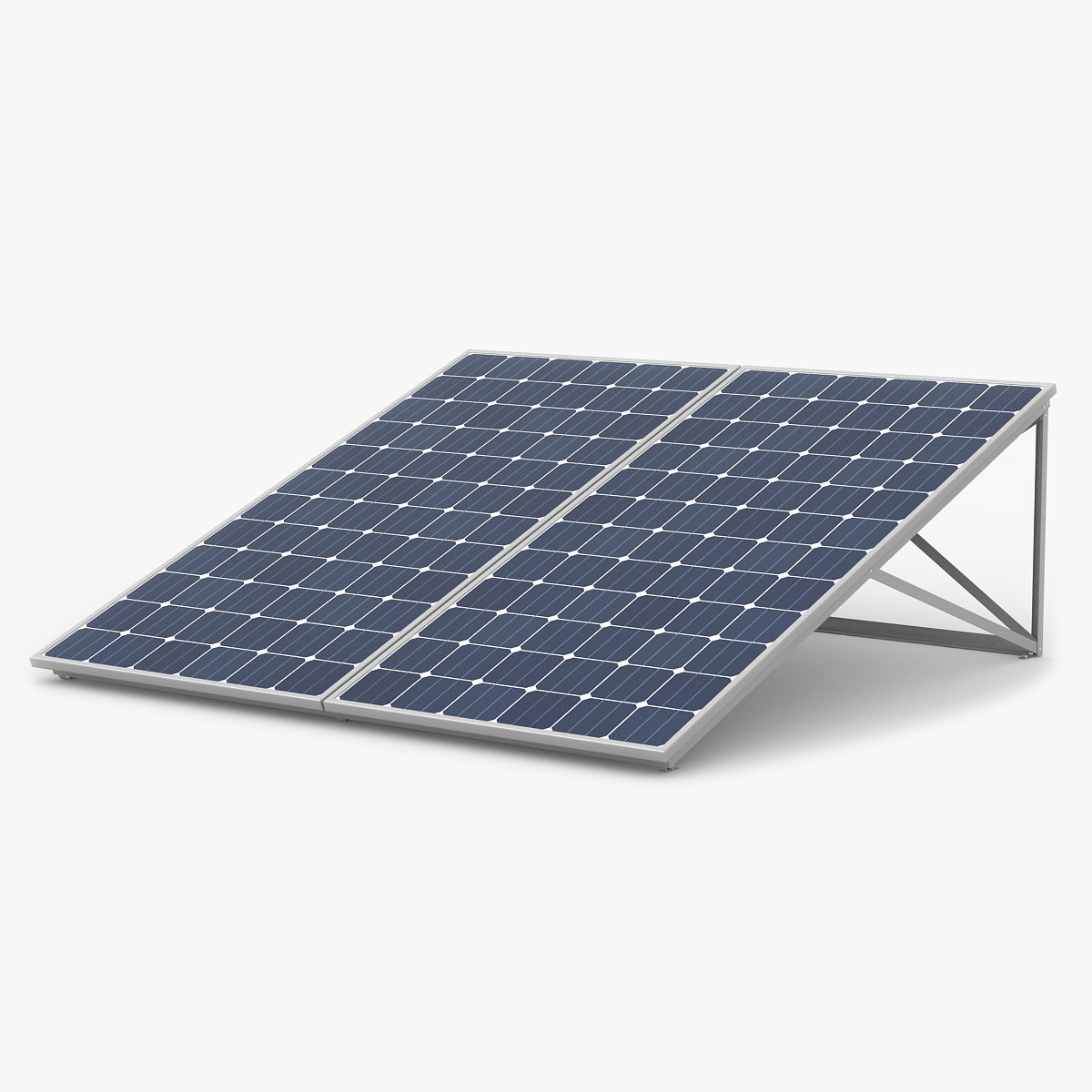Speed of Light

What it's about:
With electricity came mechanical stability. And with mechanical stability came more precise measurements: so precise in fact that it permitted light to be mesured.
Hippolyte Fizeau

Hippolyte Fizeau, born in 1819, first started medical studies before stopping due intense migraines. He turns to physics where he learns about optics. In 1815, he makes a first clear photography of the sun. Three years later, he discovers the shift in frequency of a moving source (Doppler-Fizeau effect).
Although one of his experiments became more recognized, Fizeau developed three experiments to determine the speed of light from 1849 to 1851. He was elected to the Science Academy in Paris in 1860, made foreign member of the Royal Society in 1875, and obtained the Rumford medal in 1866. He died in 1896.
His name is written on the Eiffel Tower.
Related Topics:
Discovery Description:
The speed of light had been approximated by Romer in 1676, using the movement of Jupiter’s satellites. Although his result was not very precise, he was the first to confirm light had a finite speed. Fizeau was the first to accurately measure the speed of light (within 5% accuracy) with very practical experiments.
Galileo had also tried to measure the speed of light in his time, without success, but Fizeau did with a clever setup. Using a dented wheel, he was able to produce systematic impulsions of light that where reflected on a mirror 8 kilometers away and that he could then measure. All done in Paris.
Where?
In Numbers:
-
299 792.458Speed of light (km/s)
-
380-800nmRange of wavelengths of electromagnetic waves described as "light".


